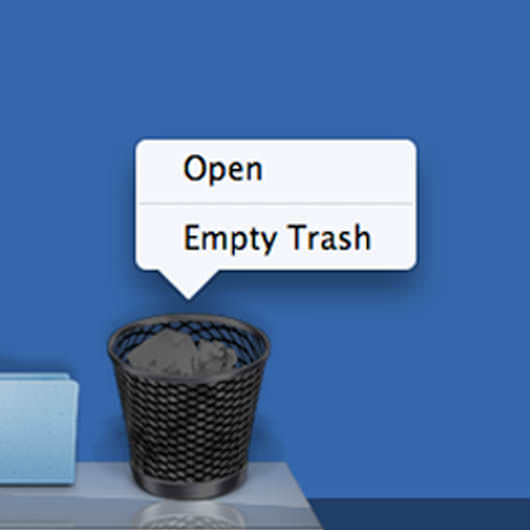When attempting to free up space or doing basic maintenance on your Mac drive, you will often come across a suggestion to clear out your log files. But what are log files? Why are they created? Are they worth keeping? And is it worth removing them? Answers to these questions will help you make calculated decisions regarding log files on your Mac.
Watch this tutorial that walks you through step-by-step exactly how to delete your League of Legends account.Want to learn how to quit playing League of Lege.
What Is a Log File

To put it simply, log files are records which are used to keep track of what is going on with a particular app, process, or even the whole system. Depending on the process, they can be divided into system and user log files.
- For more information, check out this guide:short tutorial on how to fix a high Ping and Ping spikes for League.
- Games.lol has mobile games extracted from Google Play and App Store and made easily playable on the PC and Mac. It’s mostly targeted at teenagers: one of the selling points is the ability to play the games on school and library networks, where sites like Games.lol are usually blocked.
While these files locally store info about the actions you’ve taken and can come in handy when debugging or trying to understand user problems, it’s still up to app developers to decided what information is useful enough to record.
As logs are essentially text files, they typically don’t take much space and are automatically cleared out every once in a while by built-in OS X maintenance scripts. This means if you’re dealing with enormous log files — it’s a sign of something not working the way it should (the issue can be minor too).
How To Delete Game Logs Mac Lol Bot
The majority of log files can be safely removed, yet it’s recommended to look into them first, locate and solve the problem, and only then erase them from your Mac. Otherwise, you risk dealing with the symptoms without treating the cause.

How to View Log Files
Your Mac records all kinds of information and stores it in numerous files. By far, the best way to view them is through the Console application. To access it on your MacBook, head over to Finder>Applications>Utilities>Console.app or hit ⌘+Space to bring up Spotlight Search and look up Console.
Upon launching the app choose All Messages to view all log files. On the left side of the Console window, you will see various sources like System and User Reports which contain diagnostics and crash reports, System.log which shows in real time what’s going on on your Mac, and a few other folders which house log archives. From within the Console you can access each of these files, view them, copy and paste the crash reports info to better describe your issues when seeking help, etc.
How to Delete Mac OS Logs
While some of the log files are self-explanatory and follow a simple pattern of Date, Mac name, Process, Description (see screenshot below), most logs are still rather cryptic and leave an average user clueless.
This gives you an idea, that log files are initially meant for developers to help diagnose problems and figure out how to resolve them. Regardless, you are unlikely to even notice the presence of log files on your Mac. Cleaning your drive from log files is safe, but typically doesn’t make much of a difference due to low file sizes. However, if you see that your log file sizes are getting out of hand (over 1Gb) — take it as a sign that something isn’t right with your Mac. It’s best to let someone computer savvy to take a look at it before you remove it from your Mac (even though it’s highly likely to quickly rebuild back up).
On the whole, if you are in urgent need of space on your disk and already know what’s causing the problem, here is how to remove log files from your Mac. Open Finder and press Shift+⌘+G and go to the following folders:
- ~/Library/Logs
- /Library/Logs
- /private/var/log (not recommended for manual removal)
You can clear out the content of the folders to free up space on your drive.
How To Delete A Game On Pc
On the final note, you can safely erase log files from your Mac without causing any harm to your system. It can be done either manually or with the help of third party utility tools like MacFly Pro.